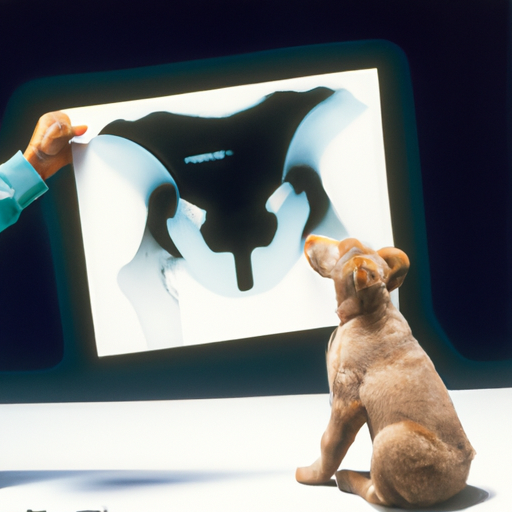Understanding Hip Dysplasia
Hip dysplasia is a common skeletal disorder that can affect dogs of all sizes, but it’s particularly prevalent among larger breeds. It occurs when the ball and socket joint of the hip doesn’t form correctly, leading to varying degrees of arthritis, pain, and potentially loss of function. The condition can be hereditary, which means it’s passed down from parent to dog.
Causes and Risk Factors
Several factors contribute to the development of hip dysplasia in dogs:
-
Genetics: Some breeds are more genetically predisposed to hip dysplasia. These include German Shepherds, Labrador Retrievers, and Golden Retrievers.
-
Weight: Overweight dogs or those that gain weight rapidly can put extra stress on their joints, leading to hip dysplasia.
-
Nutrition: A diet that lacks the necessary nutrients for a growing dog can lead to skeletal disorders like hip dysplasia.
-
Exercise: Overdoing exercise, especially in young dogs, can cause stress on the joints and lead to hip dysplasia.
Here’s a table showing the risk level for different dog breeds:
| Breed | Risk of Hip Dysplasia |
|---|---|
| German Shepherds | High |
| Labrador Retrievers | High |
| Golden Retrievers | High |
| Dachshunds | Low |
| Greyhounds | Low |
When Does Hip Dysplasia Develop in Dogs?
Hip dysplasia typically develops in puppies as they grow. Most dogs will show signs of hip dysplasia by the time they are 18 months old. However, some dogs may not show symptoms until they are older and the condition has progressed.
Signs and Symptoms
You might notice the following symptoms in your dog:
- Difficulty or reluctance in rising, jumping, running, or climbing stairs
- Limping or favoring one leg
- Loss of thigh muscle mass
- Noticeable pain or stiffness
Treatment Options
While hip dysplasia can’t be cured, there are ways to manage the condition and improve your dog’s quality of life. These may include:
- Weight management
- Physical therapy
- Anti-inflammatory medications
- Surgery in severe cases
Frequently Asked Questions
What breeds are prone to hip dysplasia?
Larger breeds like German Shepherds, Labrador Retrievers, and Golden Retrievers are most prone to hip dysplasia.
Can hip dysplasia be cured?
While there’s no cure for hip dysplasia, treatments can manage symptoms and improve your dog’s quality of life.
Can puppies be screened for hip dysplasia?
Yes, puppies can be screened for hip dysplasia. If you’re buying from a breeder, ask if the parents have been screened for hip dysplasia.
Can diet and exercise prevent hip dysplasia?
A balanced diet and regular exercise can help maintain a healthy weight for your dog which can reduce the risk of hip dysplasia. However, they can’t prevent genetic predisposition to the condition.
Is surgery always necessary for dogs with hip dysplasia?
Not always. The need for surgery depends on the severity of the condition. In mild cases, weight management and physical therapy might be sufficient.



